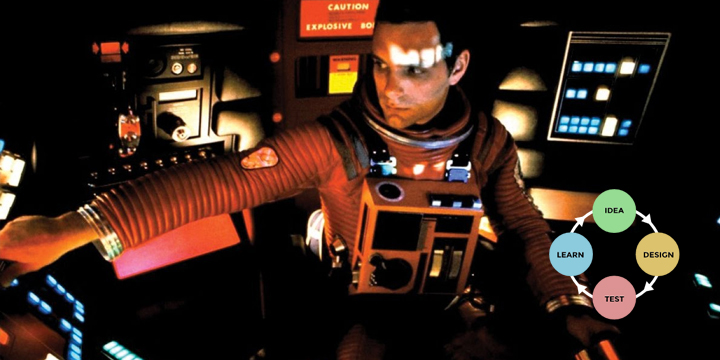0 6 Signs A Project Is Heading For Failure And How To Prevent Them
- Articles
- by Vince
- 26-05-2020

General Assumptions
“I know my users. You don’t need to talk to them”,
A typical assumption from a stakeholder delivery mode.
By assuming what users need and how they will behave will make the team lack empathy when building and delivering the final solution.
Lack Of Shared Understanding
When a shared understanding is not maintained it creates communication overhead, waste and churn, slow delivery and team demoralisation.
A shared understanding will help the team build empathy.
Communication Overheads
When stakeholders and the team are not aligned and user goals are not understood, the strategy of the project is at risk of delivering average experiences to users.
Stakeholders communicate successful outcomes for users.
PMs build road maps for success so the team is rewarded.
Waste And Churn
If you build an average solution, deliver it, and fail to get user uptake, the outcome is failure.
Feature factory sets in and a lot of time will be spent removing the features and functions from the delivered solution that users are not using. Expect a long bug list.
Avoid waste by constantly usability testing the solution as early as possible with users, validating and refining it as required.
Slow Delivery
Because there is a lack in empathy the team gets frustrated not knowing what users are doing, the order of steps they are taking and the experience they are having. This leads to conversations, opinions and decisions made without any evidence.
Foster empathy in the team by building the solution around user goals to provide value and obtain success.
Team Demoralisation
There is a higher likelihood for team members to get demoralised, perform average work or end up leaving when they are not empowered to make decisions.
Syncing the team with stakeholders should happen frequently to enable to team to have input and feel empowered to contribute.
Business Wants To
- Roll out new applications faster
- Respond quickly to new user demands
- Innovate with new technology to improve employee productivity
IT Wants To
- Control costs and increase efficiency
- Provide choice and respond quickly
- Ensure security and compliance
Business Factors Today
Today digital businesses face new challenges. Limited skills, budget constraints and the pace of technology. Staff resources are limited hence the skills required are stretched or not available. Businesses can’t invest because budgets are declining. Things are moving fast, so businesses need to move fast and IT need to respond fast too. Things need to be made faster with less money and resources.
Team Dynamics
As user researchers we are constantly observing user behaviours, motivations and frustrations. We can use this skill to observe team members on a project and the dynamics involved. How well you provide outcomes for users depends entirely on the UX maturity of the organisation. If the organisation has low UX maturity you will find it very hard to change team dynamics.
